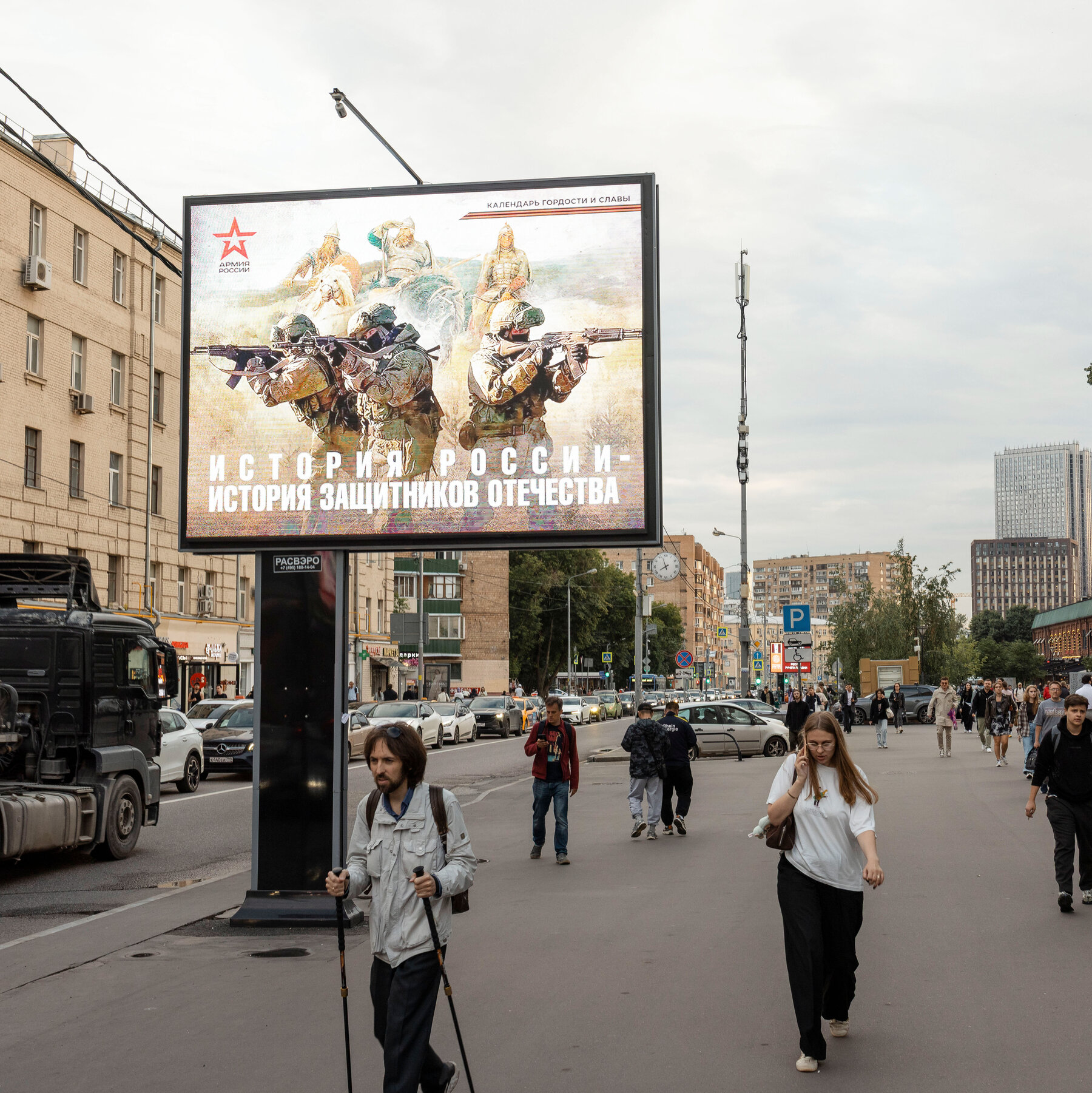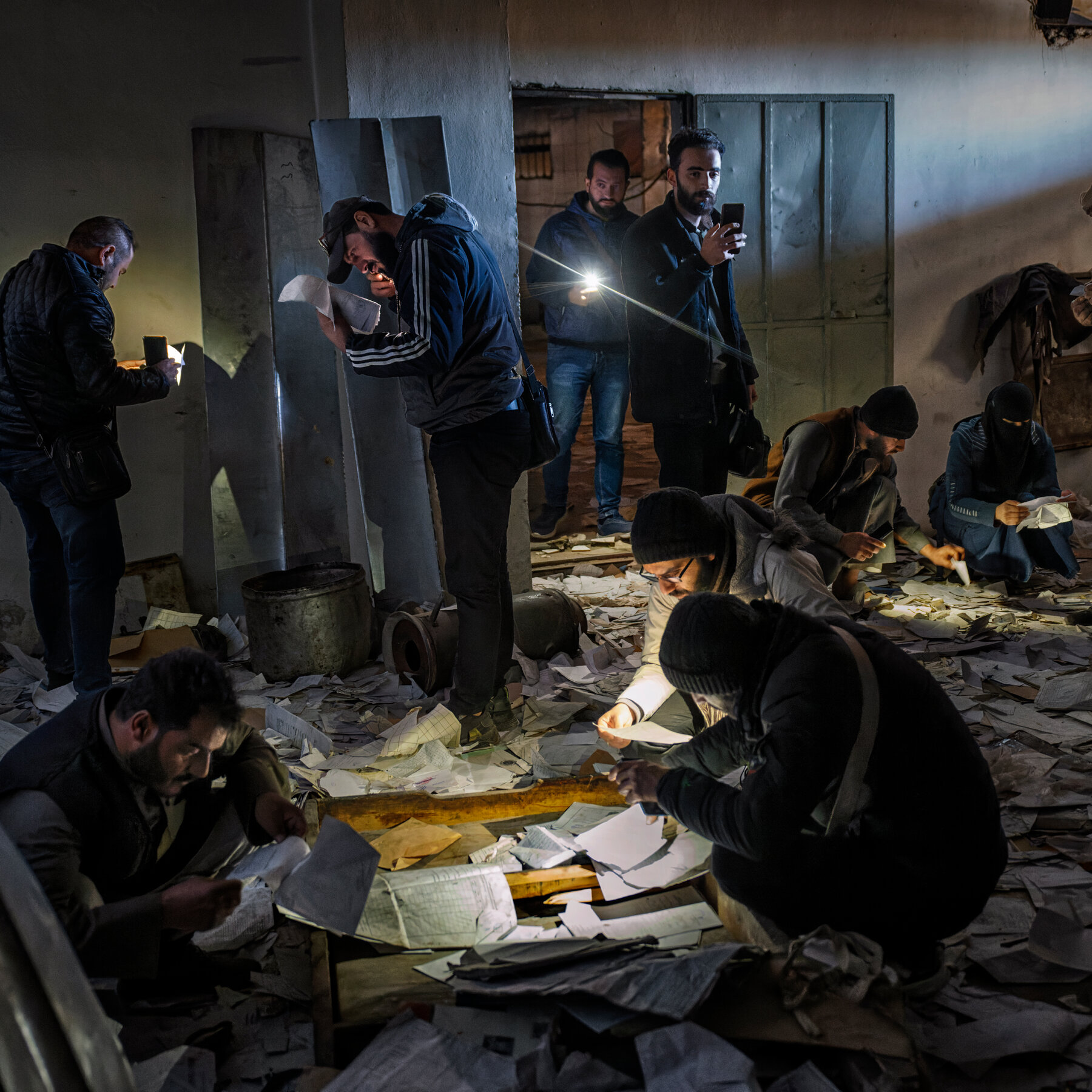
Russia’s summer offensive in Ukraine is gaining ground as its forces attack on multiple fronts. In June, the country’s numerical advantages in troops and air power produced its biggest monthly gains in territory since the beginning of the year.
Russia’s aims are not simply territorial. Analysts say it wants to methodically destroy the Ukrainian military, as Moscow slowly advances its own troops. The biggest challenge for Moscow may be far from the front lines, as the Russian economy can no longer keep pace with escalating military spending.
For Ukraine, its ability to sustain the war may also be decided far away, as the Trump administration sends mixed signals about its desire and ability to continue arming Kyiv’s forces. Last week, President Trump said that NATO countries would buy weapons from the United States to give to Ukraine.
The ground war
Over the past two months, Russian units have been able to step up their attacks on multiple fronts, from Ukraine’s Sumy region in the north to the steppes of Zaporizhzhia in the south.
Russia now controls more than two-thirds of Ukraine’s Donetsk region — the main theater of the ground war. Russian forces have carved out a 10-mile-deep pocket around the Ukrainian troops defending the crucial city of Kostiantynivka, partly surrounding them from the east, south and west.
Russia has also entered the Dnipropetrovsk region of eastern Ukraine for the first time in more than three years of war.
Ukrainian soldiers say the Russian Army uses two main tactics to advance on the battlefield: pinning down Ukrainian troops with drones, shells and glide bombs before attacking enemy lines with relentless squad assaults.

Ukraine responds by sending experienced, drone-equipped units to help plug the gaps, a tactic that has been compared to sending firefighters to contain flare-ups.
But Russia’s relentless attacks are placing a strain on Ukraine’s outmanned army.
Those attacks helped Russia make its largest territorial gains of the year in June. According to Deep State, a Ukrainian group that maps the conflict using drone footage and its links with the Ukrainian military, Russia gained more than 214 square miles of Ukrainian territory in June, up from 173 square miles in May.
Putting those gains in context, Russia is capturing less than 0.1 percent of Ukraine’s vast territory each month. At that pace, it would take Moscow several years to occupy all of the four Ukrainian regions it declared annexed in 2022.
The air war
Away from the front lines, Russia has been increasing the toll it inflicts on the Ukrainian population at large by pummeling the country with mass-produced exploding drones. Over the past weeks, Russia has been setting records on the number of drones it sends into Ukraine.
Last week, Russia launched 728 exploding drones and decoys, according to Ukraine’s Air Force. As Russia builds up its drone-making infrastructure, military analysts expect Moscow to routinely launch more than 1,000 drones per volley by autumn.
Kyiv was the main target last week of an intense overnight bombardment, which killed at least two people and wounded 25 others, according to local officials.
The Russian barrages also include cruise missiles and ballistic missiles. Ukraine has a variety of air-defense systems — including improvised systems like fishing nets to snare drones — but the ballistic missiles can be shot down by only one air-defense system in Ukraine’s arsenal: American Patriot missiles.

But after a series of reversals by the Trump administration, which paused and then resumed some military aid, Ukrainians are hopeful but cautious about whether they can count on U.S.-donated weapons.
Officials in NATO countries have proposed a plan where the Trump administration could sell weapons to its allies, which would then give them to Ukraine. That would be a financial windfall for the United States, and could also shield Mr. Trump from accusations of direct involvement in the war.
Last week, Mr. Trump said he intended to adopt that strategy.
Russia’s goals
Russia is not only seeking to win new territory in Ukraine.
“Its goal is to destroy Ukraine’s military potential, its army,” Valery Shiryaev, an independent Russian military analyst, said in an interview with Redaktsiya, an independent Russian news channel. “If there is no army — the state would be defenseless.”
The Kremlin has repeatedly said that it would continue pressing on in Ukraine until it can coerce Kyiv into accepting Moscow’s peace terms. Russia has demanded that Ukraine recognize Russian territorial gains, shrink its military, designate Russian as Ukraine’s official language and formally commit to Ukrainian neutrality, which would rule out joining NATO.
These demands are considered completely unacceptable by Ukraine’s political leadership and its citizens. But during recent talks in Istanbul, the first direct negotiations between Moscow and Kyiv since the initial months of the war, the Russian delegation signaled the Kremlin’s determination to keep pushing until it gets what it wants.
The Russian economy
Analysts say that Russia may be spending unsustainable sums to fund the war, fueling inflation, even as its oil and gas industry suffers from low energy prices, caused in part by President Trump’s tariffs. Oil exports finance about a third of Russia’s total federal budget.
At the end of June, President Vladimir V. Putin said that Russia was spending 6.3 percent of its gross domestic product, or $172.5 billion, on its military, which was “a lot” and that the country had “paid for it with inflation.” The country’s central bank set interest rates at 20 percent to keep prices in check.

“We are planning to cut the defense expenses next year and the year after, as well during the next three years,” Mr. Putin said.
If Mr. Putin follows this plan and Russia reduces military spending, its ability to wage war will inevitably suffer.
M.M.I., a leading Russian news outlet on Telegram dedicated to the economy, called the situation with the country’s budget a “catastrophe.”
Spurred by record-high military expenditures, Russia’s budget deficit has reached $47 billion over the first half of the year. Because of lower prices, oil and gas revenues have dropped by more than 16 percent, the country’s Finance Ministry said.
Russia still has more than $52.5 billion of liquid assets in its rainy day fund and can probably finance its deficit at least through the current year. But according to Kirill Rodionov, a Russian energy and economy analyst, the Kremlin would need to “seriously review its budgetary priorities” next year.
Casualties
After releasing a few official death tolls early in the war, Russia stopped publishing any information about its losses. But teams of researchers and experts have sifted through publicly available data, like obituaries and inheritance records, to identify and verify casualties. To date, they have confirmed more than 115,000 deaths in the Russian military.
A study in June found that nearly one million Russian troops had been killed or wounded in the war.

According to Dmitri Kuznets, a military analyst with the Russian news outlet Meduza, which was outlawed by the Kremlin and operates from Latvia, both Ukraine and Russia are now losing between 250 and 300 servicemen each day, based on available data.
Russia has still been able to attract about 30,000 new servicemen on average this year, according to government statements and an analysis of budgetary data conducted by Janus Kluge, a researcher at the German Institute for International and Security Affairs. But it was able to do so only by spending lavishly on its military, offering outsize sign-up bonuses and salaries.
“Both sides have devoted last year to increase sustainability — so that they could continue fighting no matter what happens,” Mr. Kuznets said.










-3.png)



